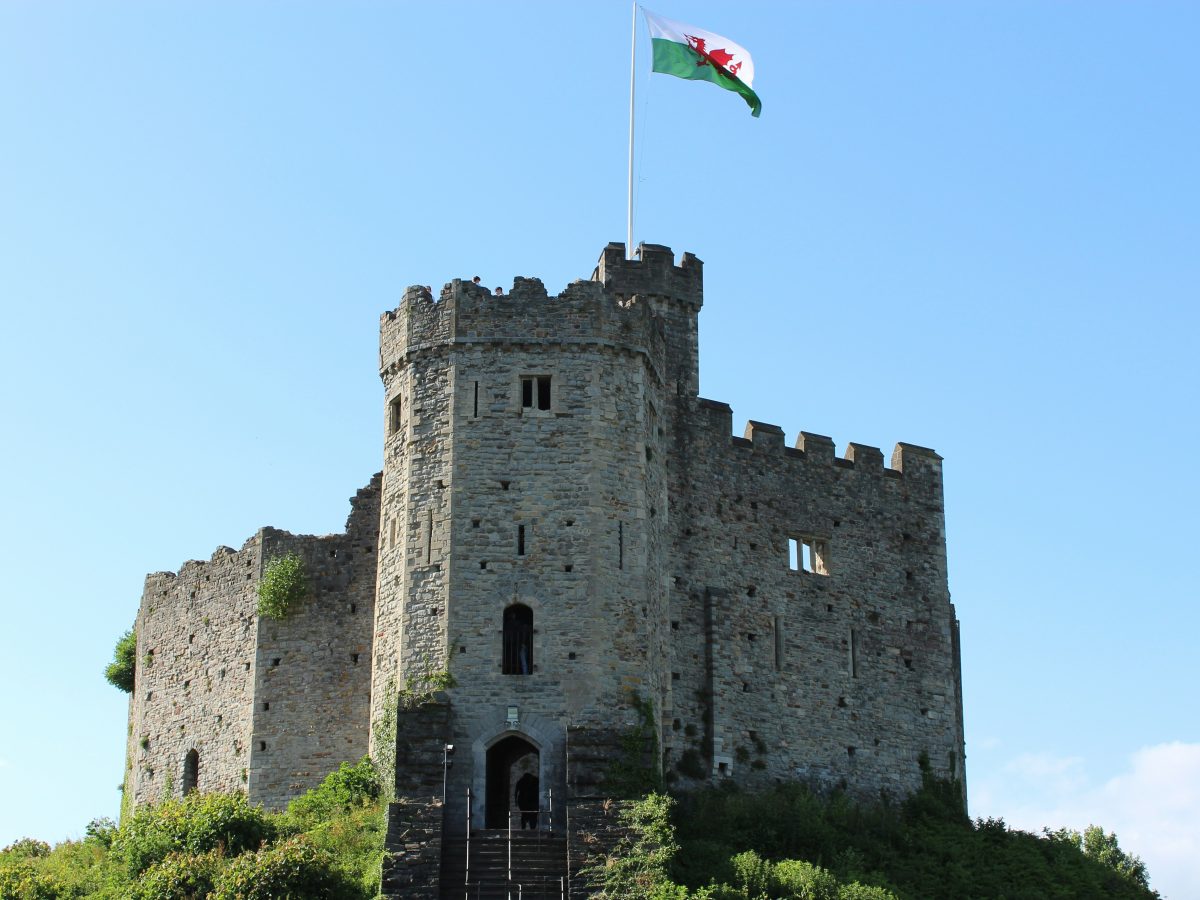𝘈𝘱𝘱𝘳𝘰𝘹 𝘳𝘦𝘢𝘥 𝘵𝘪𝘮𝘦: 3 𝘮𝘪𝘯𝘴🕒
Preparing for a translation project is more than just sending documents off to be translated. Proper preparation is the foundation of success – ensuring faster turnaround times, better quality, and precise localisation for your target audience.
Whether you're looking to expand your business into new international markets or ensure your communications with global partners are crystal clear, thorough preparation is key.
So, here is a quick idea for how your business can prepare properly:
1. Define your target audience and language pairs
2. Set realistic deadlines
3. Estimate word count and scope
4. Identify key terminology and brand voice
5. Provide style guides and branding materials
6. Prepare your files
7. Address desktop publishing (DTP) needs early
This guide will walk you through the essential steps to take for your next translation project in much more detail, so you leave no stone unturned.
1. Define your target audience and language pairs
To ensure your content resonates with your audience, start by defining who they are. Consider their cultural background, language preferences and age groups.
When selecting your language pairs, don't just focus on translation from one language to another. Pay attention to regional dialects and variations. For example, if your target audience is in Austria, use Austrian German, which may differ from standard German.
This approach and attention to detail will ensure your translations feel personal and culturally relevant, increasing their impact.
2. Set realistic deadlines
Timelines can greatly influence the translation process. Assess the complexity of your project with Wolfestone and set achievable deadlines.
Of course, rush projects are an option with AI and rapid translation. However, with more complex projects, more time will be needed for impactful translation.
Tight deadlines may lead to faster results but sometimes at the cost of detail. But that's not to say fast projects aren't a good option in some cases.
3. Estimate word count and scope
Begin by quantifying the scope of your project through a precise or rough word count. Wolfestone can work with you on this.
This not only helps in estimating the effort required but also in budgeting accurately. Larger documents or projects with extensive technical jargon may, of course, need more time and resources.
An accurate word count helps translation service providers, like Wolfestone, to plan better and allocate the right resources to ensure quality output.
4. Identify key terminology and brand voice
Industry-specific jargon and brand voice are critical in maintaining consistency across languages. If possible, provide a glossary of key terms and any preferred translations to ensure accurate, consistent messaging.
This is especially important for technical industries or companies with a unique tone of voice. Clear instructions on these nuances ensure that your translations preserve your brand’s integrity.
5. Provide style guides and branding materials
Consistency is key when translating materials across multiple languages. Style guides that define your brand's tone, voice, and preferred language can help linguists maintain coherence.
Additionally, providing access to previously translated documents or branding materials helps ensure consistency with your existing content. A feedback loop for linguists can also enhance the overall relevance and quality of your translations.
Providing Wolfestone with comprehensive reference materials, such as Brand Guidelines, is essential for delivering accurate, contextually appropriate translations. These materials not only ensure consistency across projects but also empower our teams to understand the nuances of each client's needs, ultimately driving quality and client satisfaction.
6. Prepare your files
To speed up the process, work with Wolfestone to ensure your documents are in editable formats like Microsoft Word, Adobe InDesign, or HTML. These formats allow linguists to work with ease while maintaining the original formatting.
If your documents are in non-editable formats (e.g., PDFs or scanned images), we can convert them using advanced OCR technology, ensuring the content is preserved accurately.
7. Address desktop publishing (DTP) needs early
Language variations can affect the design of your materials.
For instance, German translations often take up more space than their English counterparts, requiring adjustments to font sizes, image placement, and overall layout.
Early consideration of DTP ensures that your final document is visually appealing, functional, and correctly formatted. At Wolfestone, our DTP experts collaborate with translators to ensure that all design elements are optimised, providing a seamless experience.
Conclusion
Effective preparation is crucial to ensuring that your translation project is accurate, on time, and aligned with your brand’s messaging.
By defining your target audience, setting realistic timelines, providing style guides, and considering DTP needs, you can ensure the success of your translation project.
Contact Wolfestone today for a free consultation or quote for your translation project.
𝘒𝘦𝘪𝘳𝘢𝘯 𝘩𝘢𝘴 𝘣𝘦𝘦𝘯 𝘸𝘳𝘪𝘵𝘪𝘯𝘨 𝘢𝘣𝘰𝘶𝘵 𝘭𝘢𝘯𝘨𝘶𝘢𝘨𝘦 𝘴𝘰𝘭𝘶𝘵𝘪𝘰𝘯𝘴 𝘴𝘪𝘯𝘤𝘦 2021 𝘢𝘯𝘥 𝘪𝘴 𝘤𝘰𝘮𝘮𝘪𝘵𝘵𝘦𝘥 𝘵𝘰 𝘩𝘦𝘭𝘱𝘪𝘯𝘨 𝘣𝘳𝘢𝘯𝘥𝘴 𝘨𝘰 𝘨𝘭𝘰𝘣𝘢𝘭 𝘢𝘯𝘥 𝘮𝘢𝘳𝘬𝘦𝘵 𝘴𝘮𝘢𝘳𝘵. 𝘏𝘦 𝘪𝘴 𝘯𝘰𝘸 𝘵𝘩𝘦 𝘏𝘦𝘢𝘥 𝘰𝘧 𝘔𝘢𝘳𝘬𝘦𝘵𝘪𝘯𝘨 𝘢𝘯𝘥 𝘰𝘷𝘦𝘳𝘴𝘦𝘦𝘴 𝘢𝘭𝘭 𝘰𝘧 𝘰𝘶𝘳 𝘤𝘰𝘯𝘵𝘦𝘯𝘵 𝘵𝘰 𝘦𝘯𝘴𝘶𝘳𝘦 𝘸𝘦 𝘱𝘳𝘰𝘷𝘪𝘥𝘦 𝘷𝘢𝘭𝘶𝘢𝘣𝘭𝘦, 𝘶𝘴𝘦𝘧𝘶𝘭 𝘤𝘰𝘯𝘵𝘦𝘯𝘵 𝘵𝘰 𝘢𝘶𝘥𝘪𝘦𝘯𝘤𝘦𝘴.







